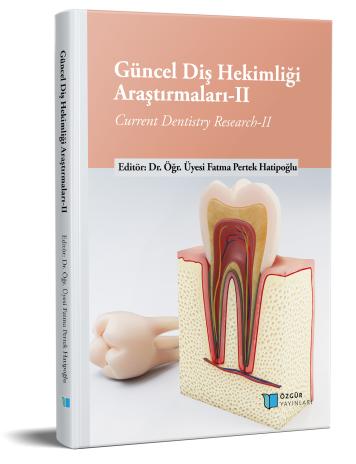
Odontogenic and Developmental Jaw Cysts
Chapter from the book:
Pertek Hatipoğlu,
F.
(ed.)
2023.
Current Dentistry Research- II.
Synopsis
Cysts are pathologic structures surrounded by connective tissue and lined with epithelium and filled with liquid or semi-liquid material. The maxillary bones are frequently localized sites of cysts due to the abundance of epithelial debris. They are classified as odontogenic or non-odontogenic (fissural) according to the epithelium from which they originate. Odontogenic cysts originate from epithelial tissue associated with the development of dental structures, while nonodontogenic cysts are formed by the inclusion of epithelium into soft and bone tissue along the embryologic fissure line. Odontogenic cysts are localized in bone and can rarely be seen in associated soft tissue. They are divided into developmental and inflammatory. Developmental cysts include dentigerous cysts, odontogenic keratocysts and radicular cysts in the inflammatory group. Non-odontogenic cysts are usually asymptomatic when not infected. Radicular cyst is the most common among odontogenic cysts and nasopalatinal duct cyst is the most common among non-odontogenic cysts. Most jaw cysts exhibit similar clinical behavior. They usually grow slowly and are the most common cause of swelling in the jaw region. Definitive diagnosis is made by histopathologic examination.

